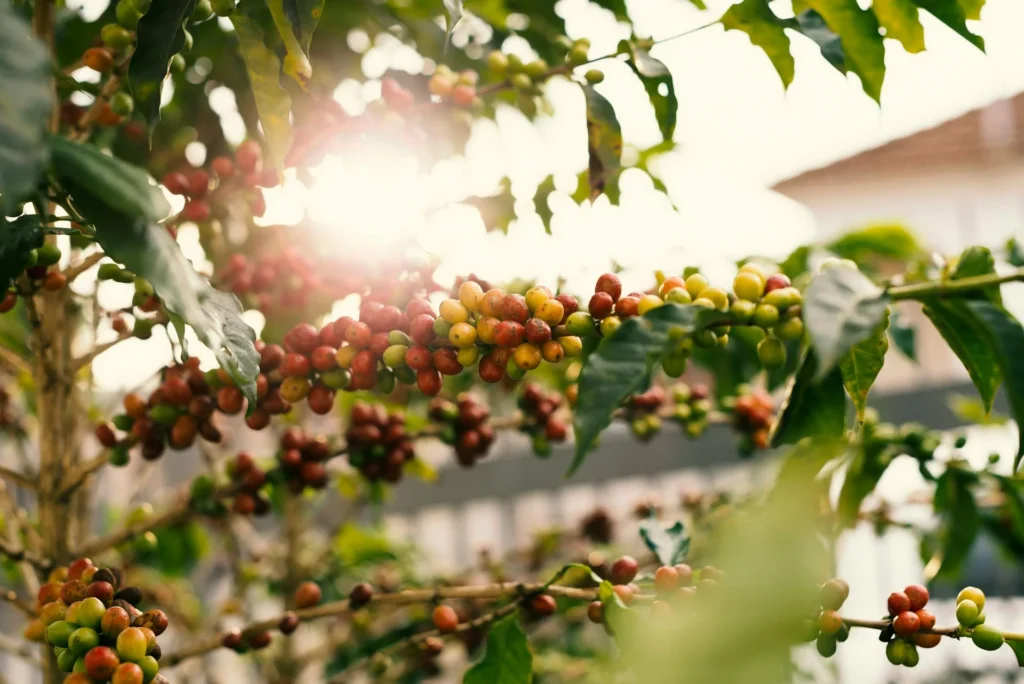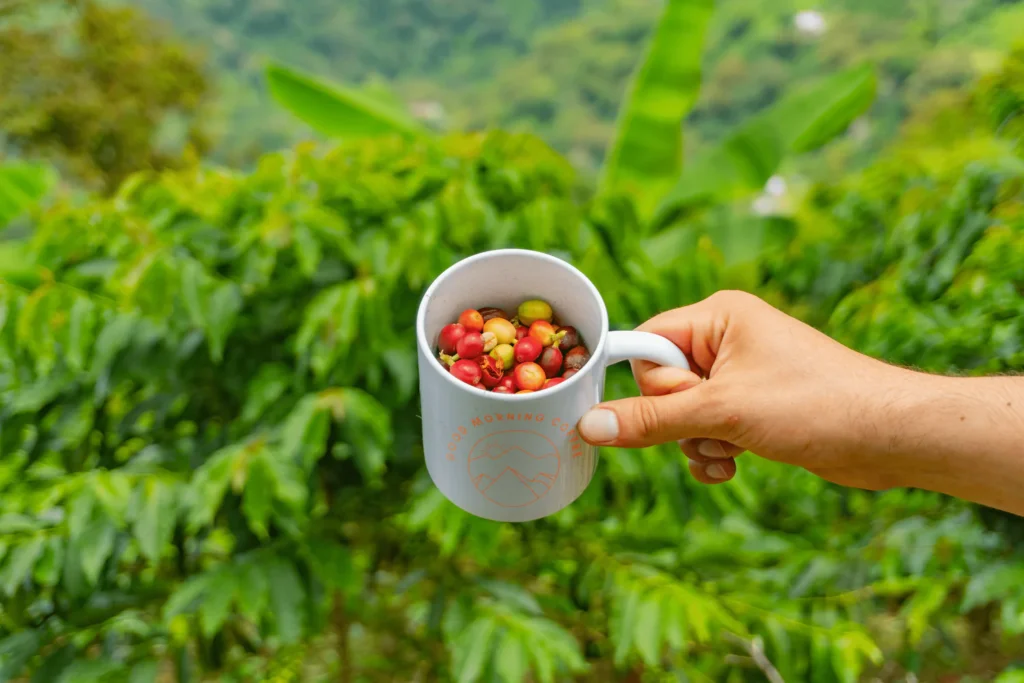Latin America is the heartland of espresso-friendly coffee. From the chocolatey comfort of Brazilian beans to the crisp, complex acidity of Colombian and Guatemalan coffees, this region offers balance, structure, and consistency, the holy trinity for espresso. But not all Latin American beans behave the same under pressure.
In this article, we’re comparing Latin American beans for espresso to see how origins like Colombia, Brazil, and Guatemala stack up. Each region brings something unique, whether it’s chocolatey smoothness, fruity brightness, or nutty richness. If you’re chasing the perfect espresso shot, knowing the differences is key.
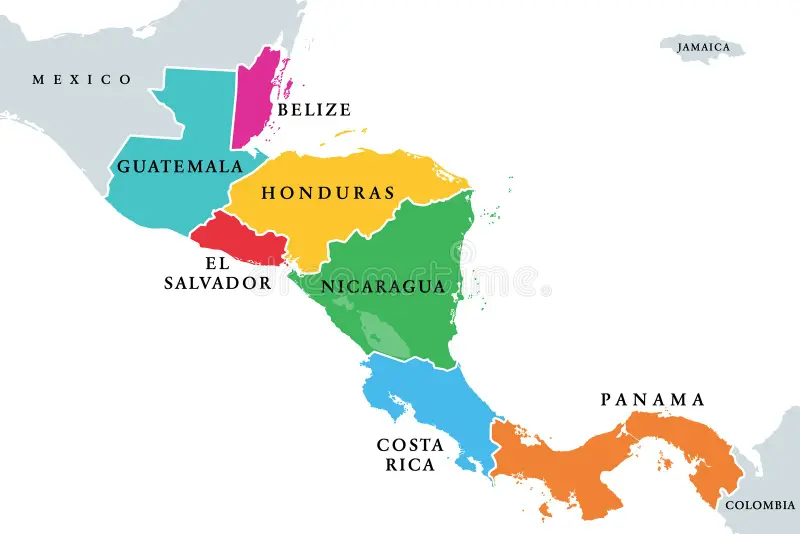
The Role of Latin America in the Espresso World
Latin American beans are so prevalent in espresso for several key reasons:
• Balanced flavor profiles with manageable acidity
• Reliable crop quality and availability
• Medium body and roast versatility
• Compatible with a wide range of espresso machine profiles
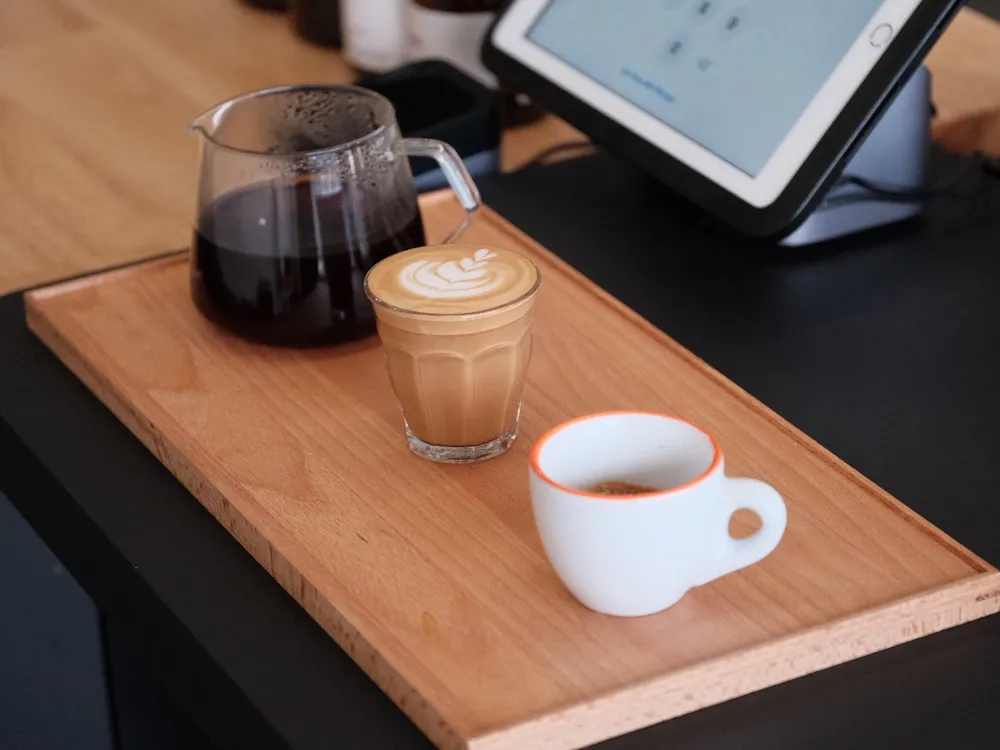
These coffees are the workhorses of both home espresso setups and global café chains.
Country-by-Country Espresso Comparison
Brazil
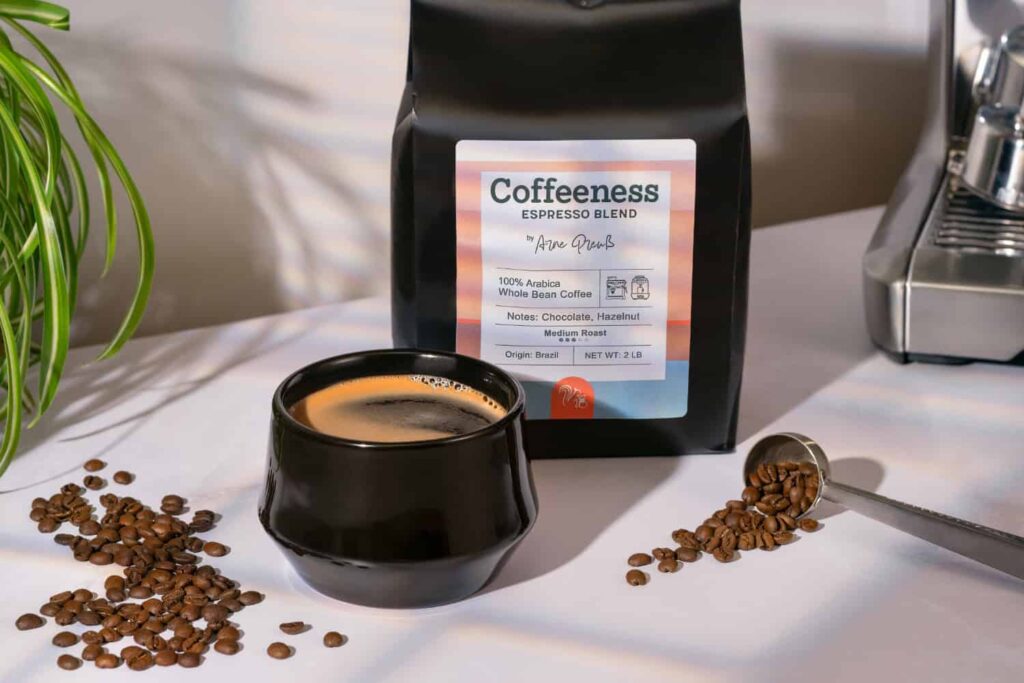
• Flavor: Milk chocolate, hazelnut, low acidity
• Body: Creamy and dense
• Best Use: Blend base, milk drinks, reliable crema
• Processing: Mostly natural and pulped natural
Image 3: Brazil espresso labeled “toasted almond, chocolate, round body”
Colombia
• Flavor: Red apple, panela, cocoa
• Body: Medium and juicy
• Best Use: Single origin or brightening blends
• Processing: Mostly washed, emerging naturals and honeys
Guatemala
• Flavor: Cocoa, citrus, spice
• Body: Full and smooth
• Best Use: Balanced solo espresso or structured blends
• Processing: Primarily washes
El Salvador
• Flavor: Baking spice, red apple, milk chocolate
• Body: Soft and sweet
• Best Use: Smooth single origin espresso
• Processing: Washed, honey, and some naturals
Honduras
• Flavor: Brown sugar, fig, nutty
• Body: Medium to heavy
• Best Use: Blend filler with clean sweetness
• Processing: Washed and honey
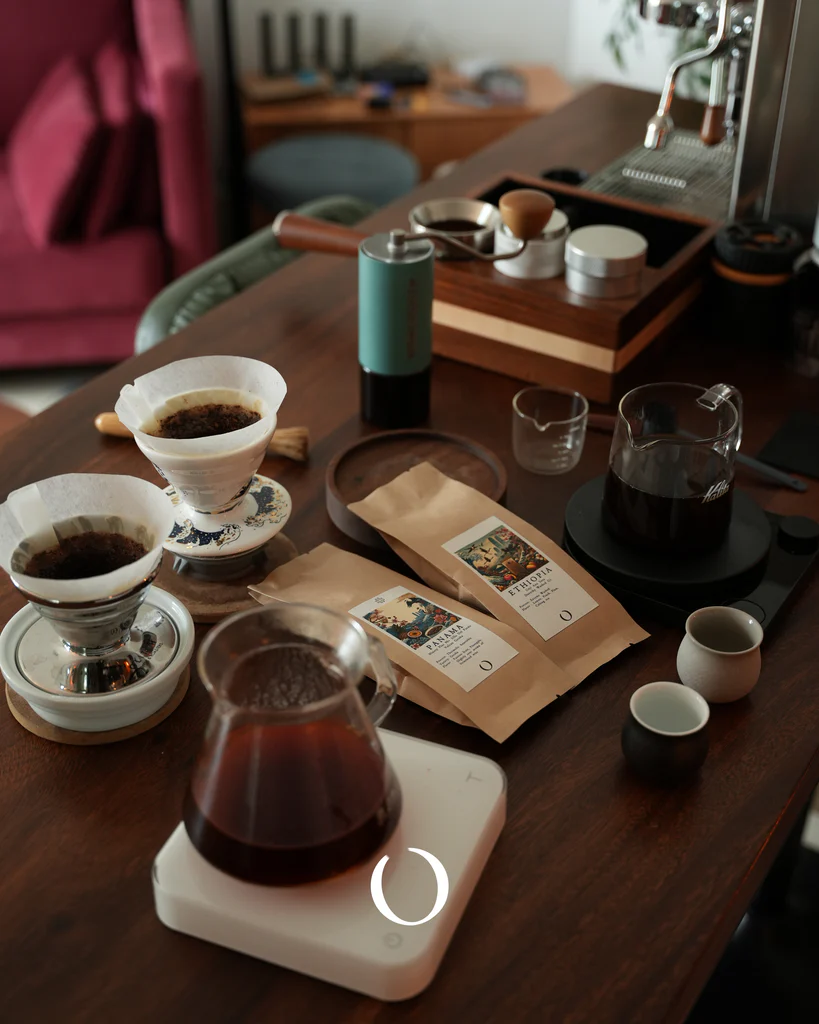
Nicaragua
• Flavor: Nougat, vanilla, mellow acidity
• Body: Balanced
• Best Use: Entry-level single origins, gentle blends
• Processing: Washed and limited naturals
Peru
• Flavor: Floral, citrus, cacao
• Body: Light to medium
• Best Use: Organic blends or lighter single origins
• Processing: Mostly washes

Comparing Flavor Contributions in Blends
Origin What It Adds Pair With
Brazil Body, sweetness, crema Ethiopia, Kenya, Guatemala
Colombia Brightness, complexity Brazil, Sumatra, Peru
Guatemala Structure, cocoa base Colombia, Ethiopia
El Salvador Soft sweetness, balance Honduras, Brazil
Honduras Nutty base, low cost Ethiopia, Colombia
Peru Citrus clarity, florals Brazil, Guatemala
Image 6: Espresso blend chart visualizing component ratios by origin

Roasting Considerations Across Latin America
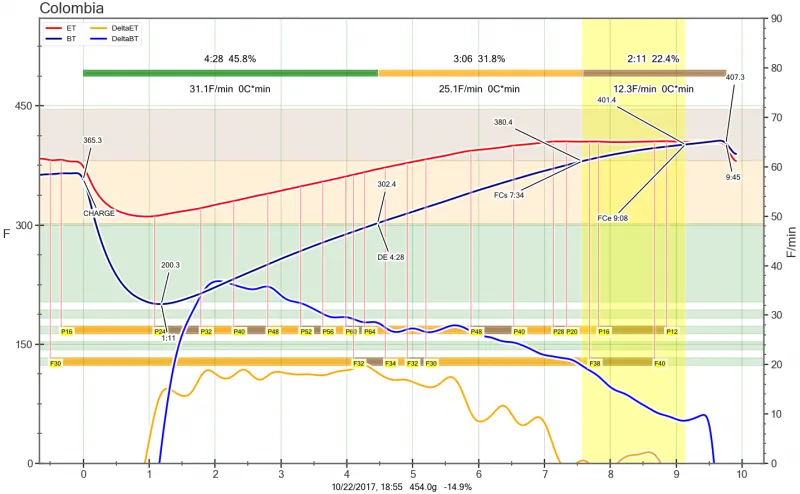
• Brazil: Medium-dark roast brings out chocolate & body • Colombia: Medium for clarity, med-dark for caramel • Guatemala: Can handle both light and medium-dark • El Salvador & Nicaragua: Ideal at medium roast for sweetness • Honduras: Forgiving in roast, works well for commercial profiles • Peru: Keep it light to preserve aromatics
Dialing In Across Origins

While each origin varies, most Latin American coffees thrive under:
• Dose: 18–18.5g
• Yield: 36–38g
• Time: 27–30 seconds
• Temp: 198–200°F
• Grind: Medium-fine
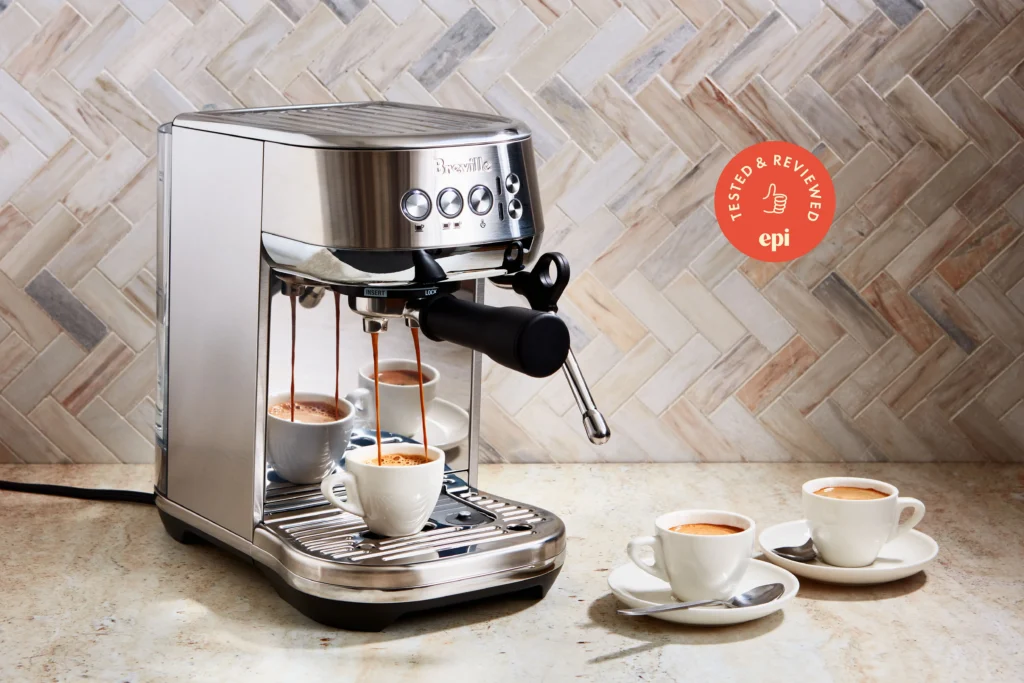
Best Use Scenarios
Origin Best For
Brazil Everyday espresso, milk drinks, commercial machines
Colombia Dynamic espresso bars, blends with fruit tones
Guatemala Specialty cafés, adventurous blends
El Salvador Easy-drinking SOEs, mild espresso
Honduras Price-sensitive blends, base structure
Nicaragua Intro to origin espresso, smooth cafés
Peru Organic lovers, clean citrusy espresso
Final Thoughts: The Espresso Backbone of Latin America
Latin American coffees give baristas and roasters something precious: control and consistency without sacrificing flavor. These beans build the foundation for most of the world’s espresso, and yet they remain full of regional nuance and creative potential.
Whether you’re pulling a milk-forward Brazil shot, a crisp Colombian SOE, or a blend thatmarries them all, Latin America has a bean—and a flavor profile—for every type of espresso drinker.
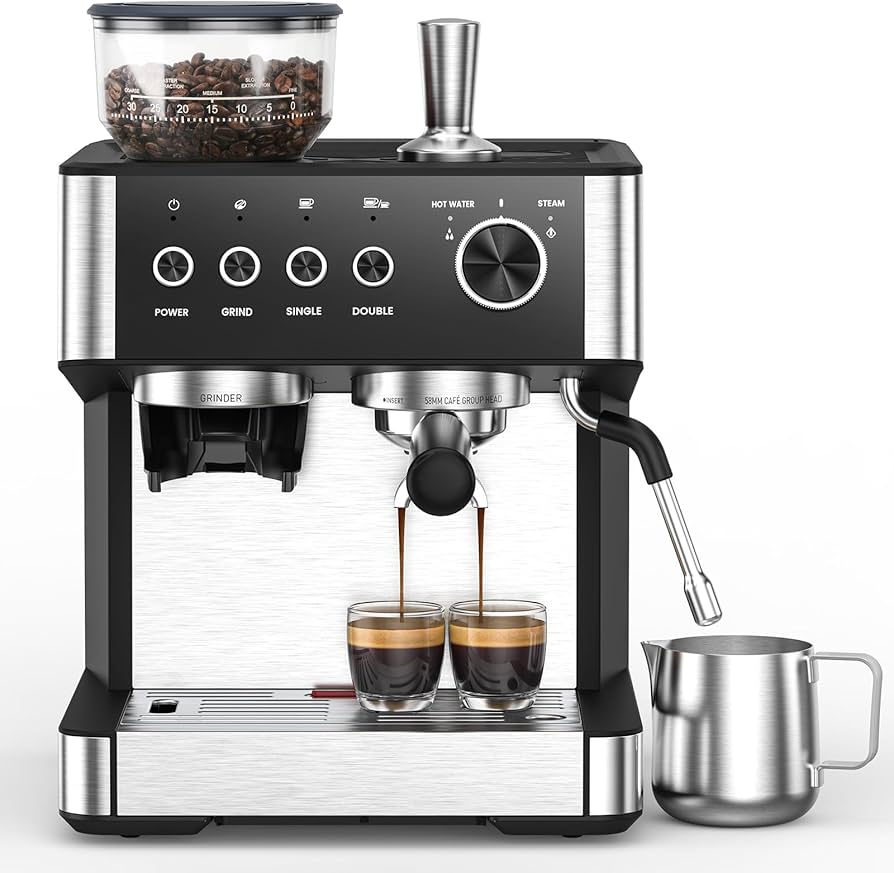
Written by Jose Luis Surjan
Espresso & Latin Food Expert
Disclosure: Our blog contains affiliate links to products. We may receive a commission for purchases made through these links. However, this does not impact our reviews and comparisons. We try our best to keep things fair and balanced, in order to help you make the best choice for you.

